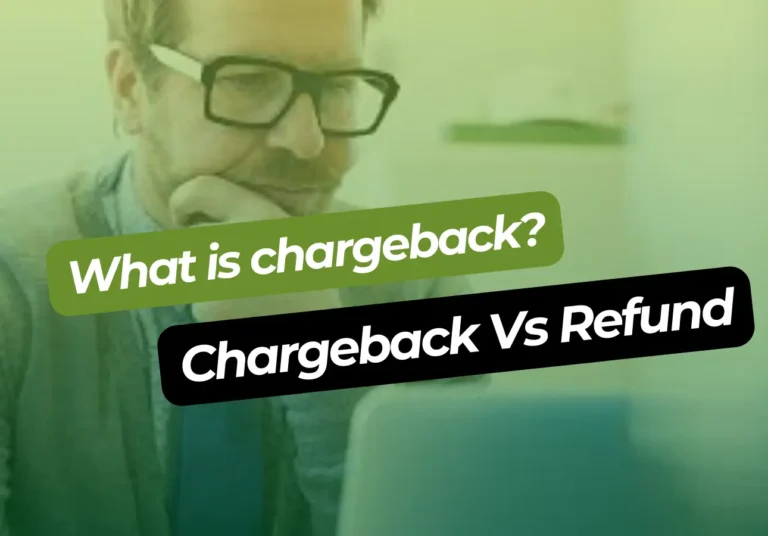How The ATM Business Works? Establish Your ATM Business
Exploring new ways to generate passive income because you met someone already earning through the ATM business? Well, The simplest way we can explain the ATM machine business is you buy a physical ATM machine. You put that machine inside a business which can be a gas station or a bar. You try to find a business where there are a large number of customers because if there are more customers the more monthly transactions you’re gonna have or money you will be making at the end of the month.
The fruit you get is the FEE for each transaction. Your revenue primarily comes from surcharge fees paid by users and interchange fees paid by the banks. You don’t have to be physically present there this is why it is called a passive income opportunity. The whole ATM machines business can be explained in a single line which is “Make Money By Selling Money”
The ATM business is a growing opportunity for entrepreneurs seeking passive income and reliable profits. To help you understand this business module we will be discussing ATM machines setup, functionality, and processing of ATMs while addressing the costs, earnings, and challenges associated with owning an ATM business. Let’s see How The ATM Business Works.

ATM Business Process – How to Start Your Own ATM Business?
To know exactly How The ATM Business Works you must be educated enough about the process because it is essential for maximizing profitability.
Market Research & a Profitable Location
The first and foremost task is to do research, the market & location research must be conducted before you jump into your ATM business. Research to evaluate the possible higher traffic, the lesser competition, and the presence of nearby ATMs before finalizing a spot. You can partner up with businesses, by offering them a percentage of the revenue in exchange for hosting your ATM inside their business. Let’s say a barber shop.
High-traffic areas we can say gas stations, convenience stores, nightclubs, and shopping malls are ideal. Why? because these locations are always flooded with people who need quick cash access. Avoid the locations which have low footfall but that doesn’t mean you put your ATM at a place that is not convenient to access for the people nearby.
Regulatory Requirements Before Starting ATM Business
Before installing an ATM, you must register your business with the appropriate government authorities & fulfill all legal & regulatory requirements as follows:
Plan Your Business & Consider Financial Factors
Starting any business without a business plan is just like walking blindly toward your target. For a successful and profitable ATM business and the highest revenue, you must start planning first. Keep the overall flowchart in your mind and how you are going to achieve your set target. How much spending you’re gonna do what type and costs of ATMs you will purchase and all that? Analyze and set this first.
For financial consideration, you can explore the market and see how other businesses are playing. The expected capital you will be required is around about $10,000-$15,000 per ATM location.
If we talk about the Potential Income then there are two sources from there you can earn, one is the surcharge fee which is normally $2-$3 per transaction, and the other is the interchange fee which is $0.5-$1 per transaction. To streamline your transaction and ATM processing you might need an ATM processor, an additional cost excluding your revenue will be there. Also if you are partnering with a business to rent a place at their location this will cost you as well. So, it depends on your pricing strategy and how you manage to get the maximum benefit out of it.
Get Installed ATM Machines
The overall ATM business depends on the quality & quantity of ATM machines you choose. Which type of ATM machine do you choose whether a new or used one? So consider choosing the right one and deploy it.
Cash Loading and ATM Management System
Cash management is a critical part of operating an ATM. As the owner, you are responsible for loading the machine with cash, ensuring that it meets demand. You can handle cash loading yourself or outsource it to a service provider. Many owners maintain a schedule to replenish cash regularly, avoiding downtime that could lead to revenue loss.
For ATM management systems and complete processing, there are certain companies like Phozellpay that offer ATM processing services to business owners. By the way, if you want to get the maximum out of your ATM business you can contact us.
TM processing companies like Phozellpay act as intermediaries between the machine and the banks. They ensure that each transaction is routed correctly and completed securely.
Generating Revenue
ATM owners generate revenue through surcharge fees and interchange fees. Surcharge fees are the charges customers pay for using the ATM, typically ranging from $2 to $5 per transaction. In addition to the surcharge fees, the bank from which the customer withdrew pays the owner interchange fees for processing the transaction, which falls in the general range of $0.25 to $0.50 per transaction. You can also earn by showing different companies as on your ATM screen.

For example, if an ATM processes 100 transactions every month and collects a surcharge fee of $3.00 and an interchange fee of $0.25, this would amount to $325. This is determined by the formula: $300 from surcharge fees charged on each transaction plus $25 in interchange fees from the same transaction. Earnings are actually not calculated that way as they will vary with the number of transactions processed and the value of fees collected.
How Does ATM Processing Work? Simplify Your ATM Transactions
Bingo! you know everything about How The ATM Business Works. Now it’s important to know the role of an ATM processing company, ATM Payment Processing ensures quick, secure, and accurate transactions through a series of steps that literally happen in seconds. Imagine you blink your eye and boom! you are done with the transaction.

Card Insertion and Data Capture
The transaction begins when the customer inserts their card into the ATM. The machine reads the magnetic strip or chip to capture essential details, such as the card number and issuing bank.
Encryption and Secure Transmission
The ATM encrypts the card information and transaction data to guard sensitive information. Once encrypted, it sends it to the ATM processing company for processing. Encryption ensures that sent data cannot be intercepted and misused.
Role of the ATM Payment Processing Company
The processing company of the ATM acts as the central node. This will take the encrypted data and forward it to the necessary bank or payment network, for example, Visa or Mastercard. It verifies the satisfaction of banking protocols, verifies transactional information, and helps in two-way communication between the ATM and the bank.
Bank Communication and Verification
The customer’s bank receives the request from the processing company. The bank checks the account balance and other details to either approve or deny the transaction. For approved transactions, the ATM dispenses cash to the customer. The transaction is logged for records and future reconciliation.
Settlement and Earnings
After the transaction, the processing company settles the funds. This involves transferring the withdrawn amount from the customer’s bank to the ATM owner’s account. At this stage, interchange fees are paid, and the ATM owner receives their earnings after processing fees are deducted.






